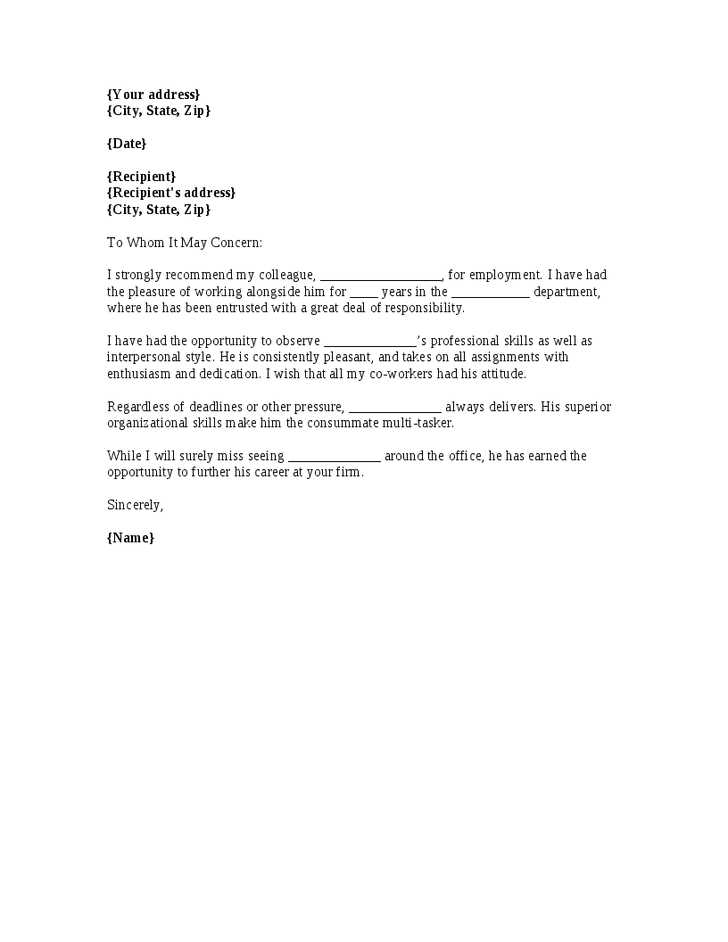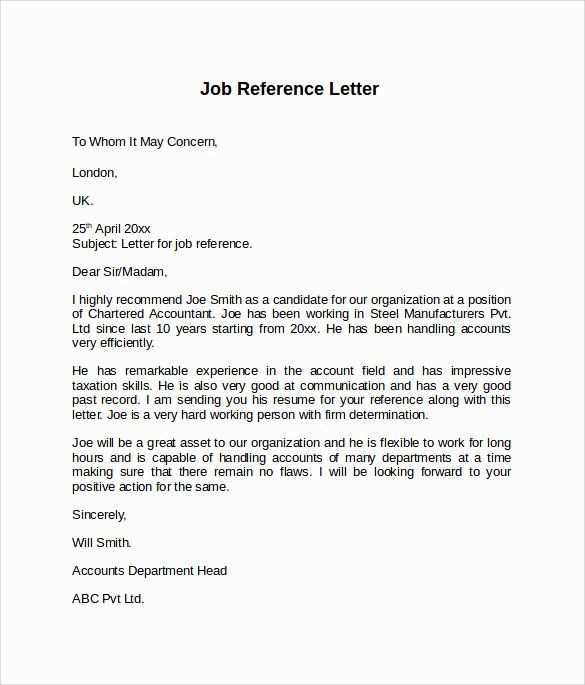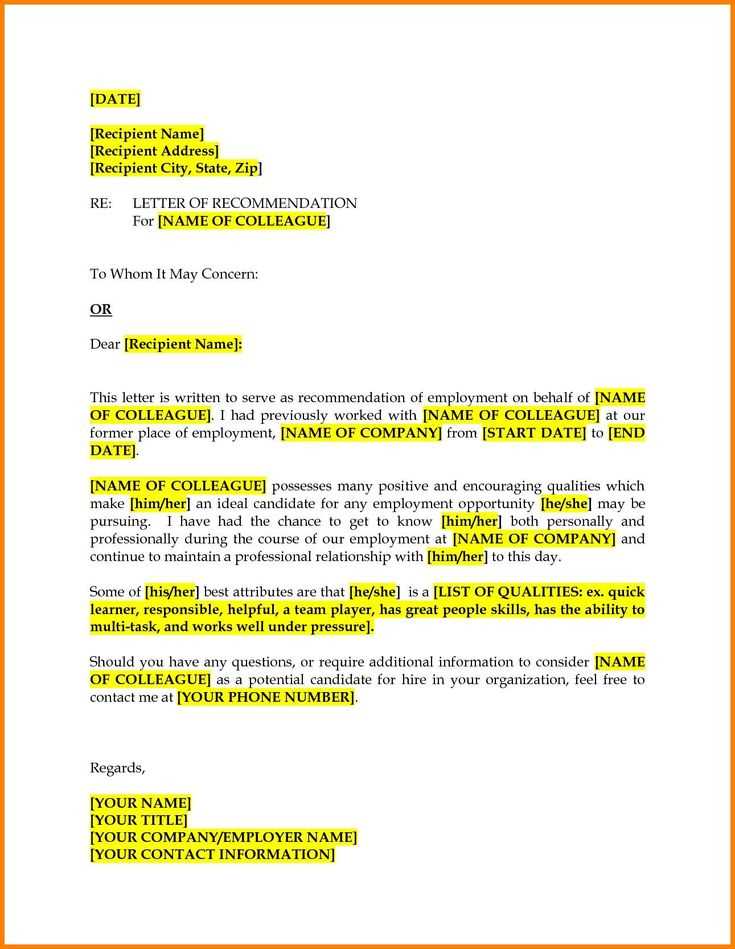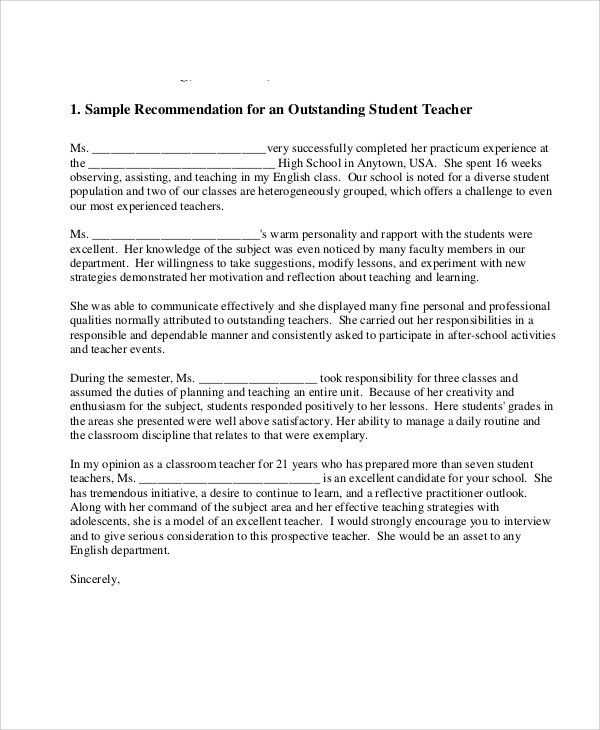Coworker Reference Letter Template for Writing a Strong Recommendation

Writing a recommendation for a colleague is an important task that requires clarity, honesty, and attention to detail. A well-written endorsement can make a significant impact on someone’s career, helping them stand out to potential employers or partners. This type of document showcases a person’s strengths, skills, and character, offering insight into their contributions and work ethic.
Whether you’re supporting a friend, a team member, or someone you’ve worked with closely, it’s essential to focus on their most valuable qualities and professional achievements. The goal is to create a compelling narrative that highlights their suitability for new opportunities or roles. In this guide, we’ll explore how to structure and craft an effective professional endorsement that truly reflects the individual’s capabilities.
Why a Professional Endorsement Matters

Providing a formal endorsement for a colleague plays a crucial role in their career development. A well-crafted document that speaks to someone’s skills, reliability, and accomplishments can open doors to new opportunities. Employers often rely on such endorsements to gain deeper insights into an individual’s potential, especially when considering them for a role or promotion.
These recommendations offer a third-party perspective on a person’s work ethic and overall contribution to a team or company. A strong, personalized endorsement can be the deciding factor in helping someone stand out in a competitive job market. It not only highlights their strengths but also builds trust by demonstrating that others value their contributions and character.
Key Elements of a Strong Recommendation
Creating a compelling endorsement requires more than just listing a person’s skills. It’s important to focus on specific details that not only highlight their abilities but also provide a clear picture of their value in a professional setting. A well-rounded recommendation captures the essence of the person’s character, achievements, and contributions.
Essential Information to Include

- Introduction: Briefly introduce your relationship with the individual and the context in which you’ve worked together.
- Skills and Strengths: Highlight key strengths and areas of expertise that make them stand out in their field.
- Specific Achievements: Include examples of their work that showcase their abilities and contributions to the team or company.
- Character Traits: Mention qualities like reliability, teamwork, leadership, and other personal attributes that make them a strong candidate.
- Conclusion: End with a strong endorsement, reaffirming your confidence in their abilities and potential for success.
Why These Elements Matter
Each component serves to build a comprehensive and persuasive argument for the individual’s qualifications. By offering specific examples and a clear narrative, you can effectively convey why they are an asset to any team or organization. A well-structured and thoughtful recommendation has the power to influence hiring decisions and help the individual take the next step in their career journey.
How to Customize Your Endorsement
Tailoring an endorsement to fit the specific individual is crucial for making it truly impactful. A generic or one-size-fits-all message won’t capture the unique strengths and qualities of the person you’re supporting. Customization allows you to emphasize the most relevant skills and experiences that will resonate with the intended audience, whether it’s a potential employer, partner, or another professional contact.
Begin by considering the person’s primary achievements and how they align with the requirements of the opportunity they are pursuing. Then, integrate examples that directly connect their actions to positive outcomes or success in previous roles. Personalizing the tone and focus ensures the endorsement feels authentic and specific to their unique contribution.
When adjusting the content, also keep in mind the recipient’s expectations. For instance, if the recommendation is for a creative role, highlighting innovation and problem-solving abilities might be more effective. On the other hand, if it’s for a leadership position, emphasizing team management and strategic thinking could be more appropriate. This careful attention to detail will make the endorsement not only stronger but also more convincing.
Common Mistakes to Avoid When Writing
While drafting a professional recommendation, it’s easy to make mistakes that can weaken the overall message. Whether it’s providing vague statements or overlooking important details, such errors can hinder the effectiveness of your endorsement. Understanding what to avoid will help you craft a more compelling and credible document that truly represents the individual’s qualifications.
| Common Mistake | Why It Hurts the Endorsement |
|---|---|
| Being Too Vague | Generalities do not showcase the individual’s specific contributions or strengths. Concrete examples are essential for credibility. |
| Exaggerating Achievements | Overstating someone’s abilities can damage their credibility and undermine the trustworthiness of the endorsement. |
| Omitting Personal Traits | Focusing only on skills without mentioning personal qualities like teamwork, reliability, and integrity misses key aspects of their professional persona. |
| Using a Generic Approach | Reusing a standard message without tailoring it to the person’s strengths and goals makes the endorsement feel impersonal and less convincing. |
| Neglecting the Recipient’s Expectations | Failing to align the content with the expectations of the reader (e.g., a hiring manager) can reduce its impact. |
By being mindful of these common pitfalls, you can ensure your endorsement remains strong, authentic, and focused on what matters most: the individual’s genuine qualifications and potential for success.
Examples of Effective Professional Endorsements
Seeing real-life examples of a well-crafted endorsement can be an excellent way to understand what makes them effective. By analyzing how others have successfully highlighted key strengths and experiences, you can gain valuable insight into how to structure your own. These examples can inspire you to focus on the right details, maintain an appropriate tone, and create a compelling narrative.
Example 1: A Leadership Role
To Whom It May Concern,
I have had the pleasure of working with Jane Doe for over five years, and during that time, I have witnessed her exceptional leadership and problem-solving skills. Jane consistently exceeded expectations in her role as team leader, guiding our department through numerous challenging projects. Her ability to motivate others, manage multiple priorities, and deliver results has been invaluable to our team’s success. Jane’s dedication, creativity, and collaborative spirit make her an ideal candidate for any senior leadership position.
Sincerely,
John Smith
Project Manager, XYZ Corporation
Example 2: A Creative Role
Dear Hiring Manager,
I am delighted to recommend Alex Johnson for the position of Graphic Designer at your company. Having worked with Alex for three years, I have been consistently impressed by his creativity and attention to detail. He played a key role in designing multiple high-profile campaigns that have significantly contributed to our brand’s visibility and success. Alex’s innovative approach and ability to collaborate with different departments have made him an invaluable asset to our creative team. I have no doubt that he will bring the same level of expertise and enthusiasm to your organization.
Best regards,
Sarah Lee
Creative Director, ABC Agency
These examples showcase how to structure an endorsement effectively by highlighting specific qualities, accomplishments, and contributions. By focusing on relevant details and a clear message, these letters become powerful tools in advocating for someone’s potential.
Best Practices for Formatting and Tone

When creating a professional endorsement, both the format and tone play a crucial role in ensuring that the message is clear, impactful, and well-received. A properly formatted document helps present information in a logical and easy-to-follow manner, while the right tone ensures that the endorsement remains both professional and personable.
In terms of formatting, it’s important to keep the structure simple and clean. Use standard fonts and avoid overly complicated layouts. Start with a brief introduction, followed by a clear outline of the individual’s qualifications, skills, and achievements, and conclude with a strong endorsement. Keep paragraphs short and to the point, as readability is key. Using headings or bullet points can also help to highlight specific qualities or accomplishments.
Regarding tone, aim for a balance between professionalism and warmth. You want to sound confident in the individual’s abilities without appearing overly casual. Be sincere and specific about their strengths, but also keep the language respectful and formal enough for the context. Avoid exaggerations or overly flowery language, as these can undermine the credibility of the endorsement.
By adhering to these best practices, you can craft an endorsement that is both effective and well-received, helping to present the individual in the most positive and professional light possible.